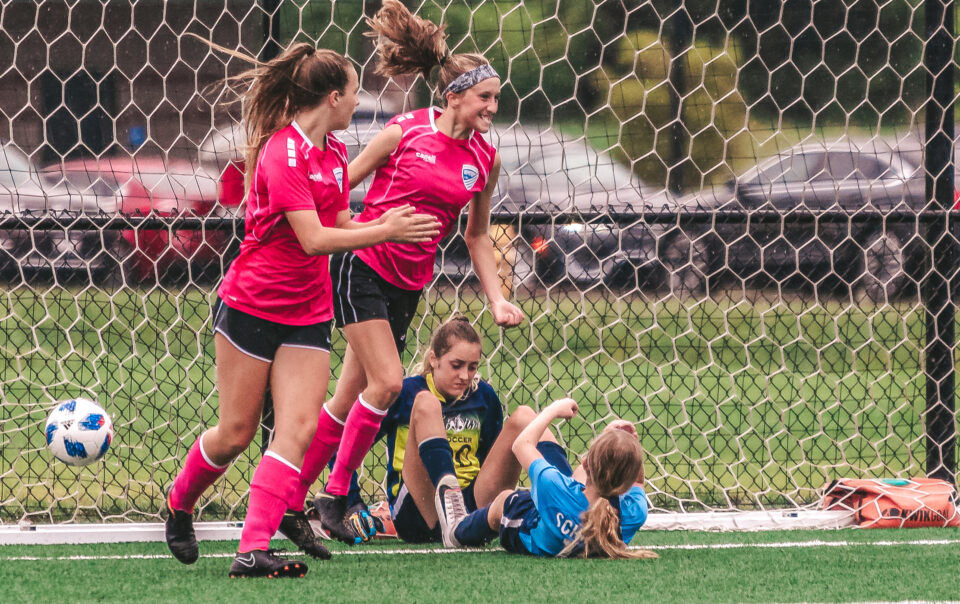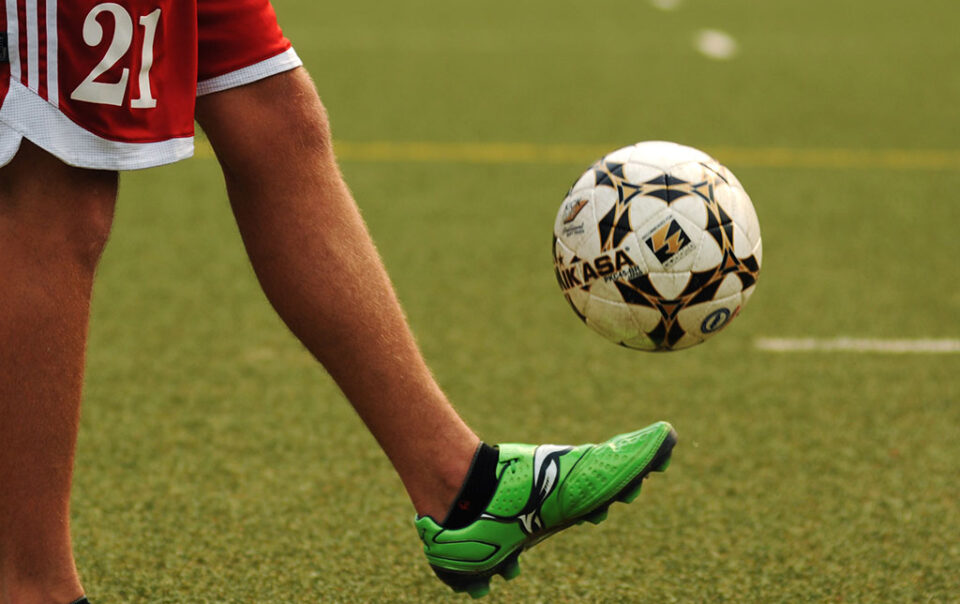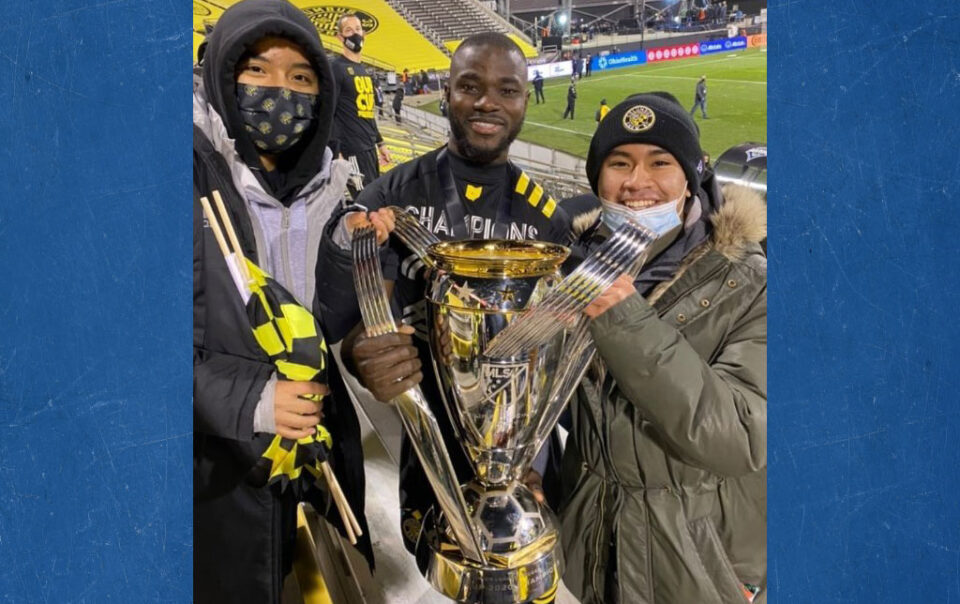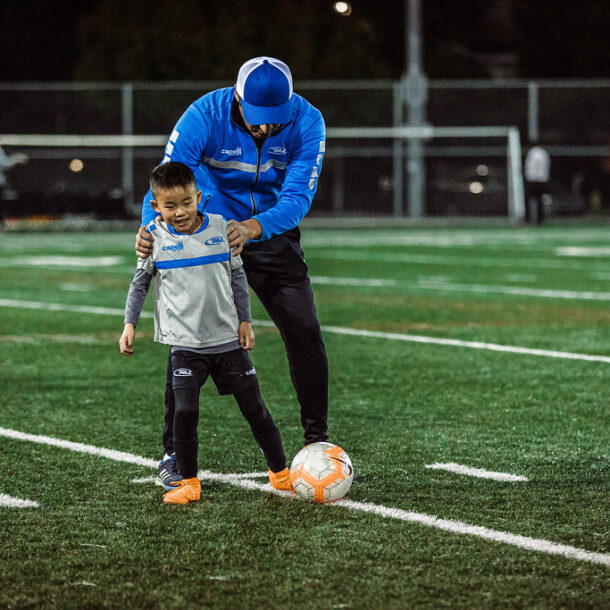
This article was written by Megan McCormick, Rush Soccer’s Coach Education Consultant.
March’s coaching development webinars, podcasts, and articles will focus on how we can lay the foundation for training sessions that focus on the player. As our understanding of teaching and the game continue to evolve, we recognize that the player must be the main character in the session. In my opinion, this doesn’t have to involve turning traditional training methods on their head. Instead, I believe it starts with a different approach to planning. There are three session design considerations that immediately come to mind to help us shine the spotlight on the player.
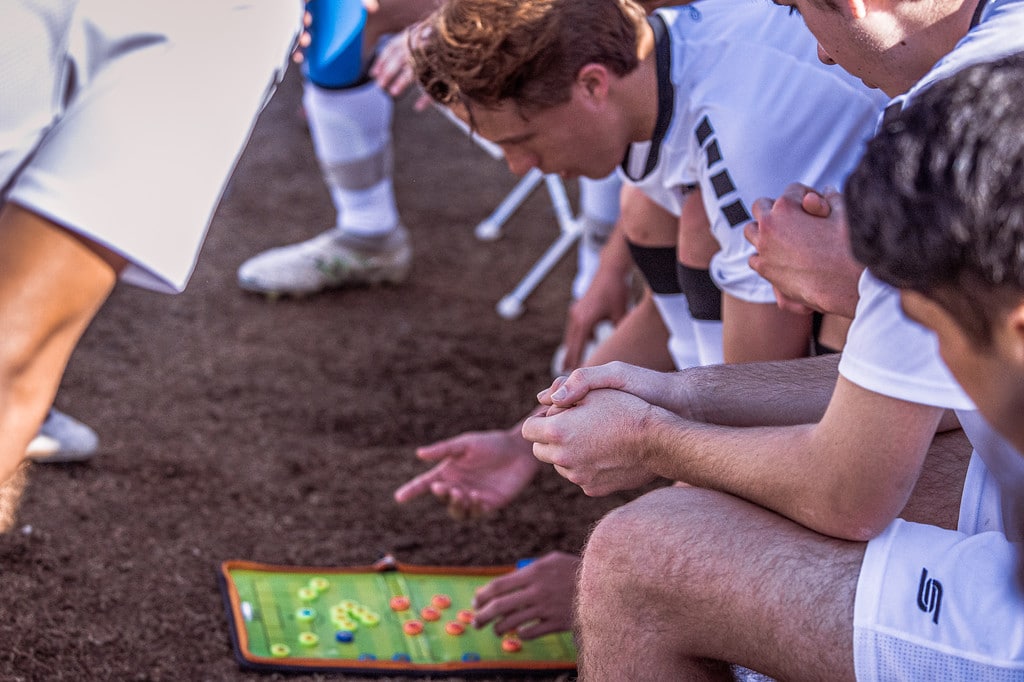
Activity Design with Intentional Feedback:
It seems obvious that learning requires clear (and accurate) feedback. We knowing nod our heads when we hear that the more quickly the feedback is given after a decision, the more likely it will “stick”. Many coaches’ first instinct is to begin planning and considering coaching points and verbal information they will give during a session. However, the most consistent and immediate feedback in a training session comes directly from the activities (the game).
Thoughtful session planning allows a coach to carefully tune the feedback loop for players, to ensure that the information is clear, accurate, and timely, even when the coach doesn’t verbally reinforce it.
1) What behaviors/actions am I trying to introduce or develop?
a. If a player successfully executes one of these actions, how does the activity reinforce or “reward” them?
2) What behaviors/actions am I trying to prevent/extinguish?
a. If a player does this, how does the activity disincentivize or “punish” the
actions?
A quick example is adjusting the position of goals to reinforce defensive actions in wide spaces. If players effectively defend wide spaces, the opponent will have more difficulty scoring, and the defending team will be more likely to recover the ball (reward). Poor defending out wide will likely result in goals score by the opponent (punishment). Note: playing to counter goals could also be used to reinforce actions like switching the point of attack or creating 2v1’s out wide.
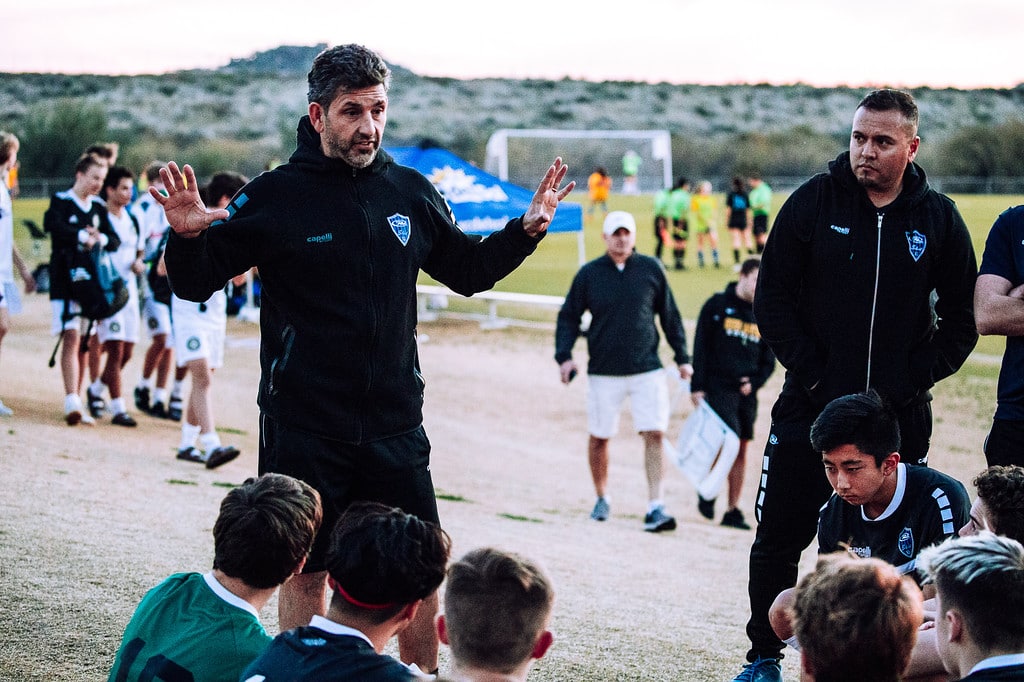
External Focus of Attention:
Otherwise known as visual cues. It is our responsibility as coaches to make sure players hav the tools to evaluate their own success or failure by observing the external outcome. Without thoughtful guidance, players might rely solely on the final score of the game to judge their performance. As coaches, we are constantly taking in so many visual cues and often leave them out of our verbal feedback. Taking the time to plan how you will help players watch for the things you see as a coach can pay tremendous dividends. “Great pressure! Did you see how the attacker kept her head down and wasn’t able to look up?” could be a great way to teach a young player about distances for the pressuring defender, or “she was able to pick her head up and survey the field which means you need to close more space”. These simple phrases will help the player self-evaluate her action every time she is required to provide pressure. Two simple questions before training can help make sure we are aligning a player’s external focus with our own.
1) What actions/behaviors am I trying to teach?
2) What specific things can a player SEE if they do this well? If they fail to do this well?
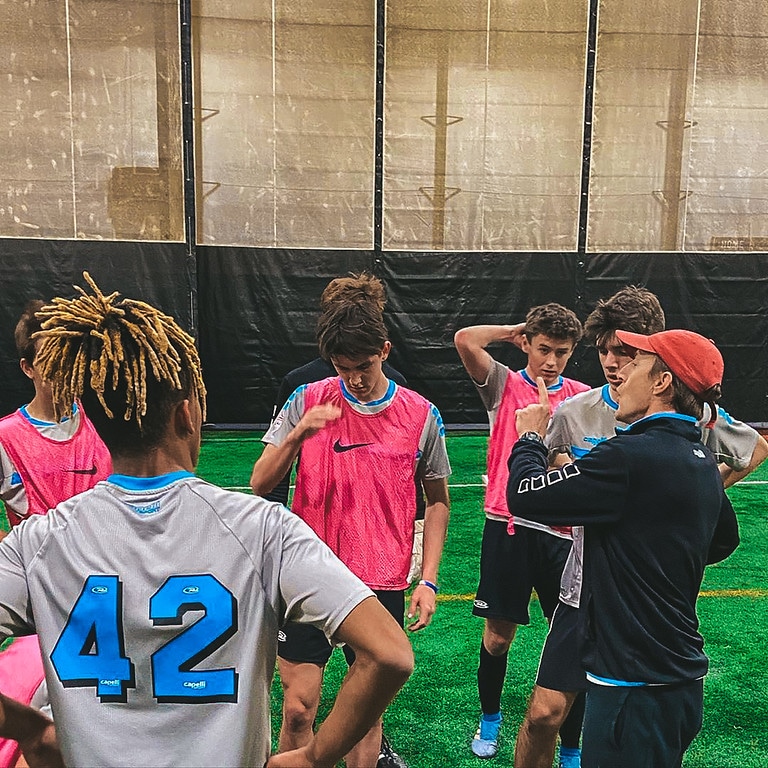
Response to Failure:
It’s normal for players to struggle in training. In fact, we expect quite a bit of failure as players develop. Teaching expert, Doug Lemov, writes about the importance of anticipating how we expect individuals to fail, and most importantly, planning the specific response when this happens. Who better to predict exactly how players will struggle then the coach who works with them every day? This allows us to do one of the most difficult things in coaching: removing our emotional response to failure. The more specific we can be in planning ahead for these moments, the better the outcome is likely to be in the heat of the session or game.
1) Given the focus of training, what specific mistake(s) do I expect to see? (individual, collective, etc.)
2) When I see this specific mistake, how will I respond? (Coaching point, adjust space, restrictions, etc.)
We should not be asking (and watching) whether or not players will fail or make mistakes. The more important question we can ask is: What will my specific and purposeful response be when the player(s) makes this particular mistake?
Unfortunately, there is no specific structure (PPP, OLI, Whole-Part-Whole) that guarantees a player centered training session. Ensuring that the player always remains the main character rests on the planning and execution. Thankfully, coaches have nearly 100% control of these two components. While we might not love to admit it, we all know that outstanding execution requires outstanding planning, so why not embrace the process?


